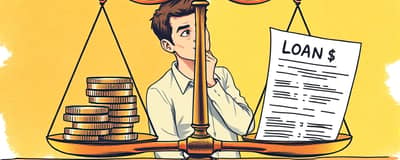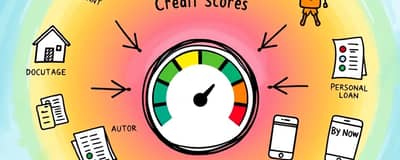Facing a heavy loan burden can feel overwhelming, especially during unexpected life changes. Loan deferment offers a solution by temporarily pause your loan payments, giving you the breathing room needed to regain stability. By understanding its mechanics and proper timing, you can make informed decisions that protect your credit and your peace of mind.
In this comprehensive guide, we’ll explore the definition, eligibility criteria, benefits, and potential drawbacks of deferment. You’ll learn when to consider this option and practical strategies to manage your loans effectively.
Understanding Loan Deferment
Loan deferment is an arrangement with your lender that allows you to stop or reduce your payments for a specified period. It’s designed for borrowers experiencing qualifying life events, such as returning to school, facing unemployment, or serving in the military. Rather than falling behind, a deferment helps you prevent falling into delinquency or default while navigating temporary setbacks.
During deferment, your scheduled payments are paused. For certain federal loans—like subsidized Stafford and Perkins loans—the government covers accrued interest, meaning your balance remains stable. For unsubsidized or private loans, interest continues to build and may be capitalized, increasing your principal once deferment ends.
How Deferment Differs from Forbearance
While deferment and forbearance both offer relief, key differences affect cost and eligibility. In general, deferment is reserved for specific circumstances and can be interest-free on qualifying federal loans. Forbearance is broader but always accrues interest.
Choosing the right path depends on your situation. If you qualify for deferment, you’ll protect your credit standing more effectively and may avoid extra interest accumulation on subsidized loans.
Eligibility Criteria for Deferment
Not all borrowers qualify for deferment. Federal student loans outline several approved scenarios, often requiring proof of status or documentation. Private lenders may offer similar relief but with stricter terms.
- Enrollment at least half-time in an eligible institution
- Participation in an approved graduate fellowship or internship program
- Economic hardship as defined by federal guidelines
- Unemployment or inability to find full-time employment (up to three years)
- Active military duty, Peace Corps service, or similar national service
- Cancer treatment plus six months post-treatment for federal loans
- Parent PLUS borrowers with a dependent enrolled student
Documentation may include enrollment certificates, income statements, or military orders. Processing times vary, so apply early to maximize your financial flexibility and avoid missed payments.
Benefits and Drawbacks of Deferment
- Provides immediate relief from payment obligations
- For subsidized loans, minimize accumulating interest costs
- Protects credit by preventing delinquency or default
- Interest may still accrue on certain loan types
- Extends the loan term, potentially increase the total loan cost
- Deferment periods generally do not count toward forgiveness programs
While deferment can be a lifeline, it’s not a permanent solution. Consider your long-term repayment goals before opting in.
When to Consider a Loan Deferment
- Experiencing temporary financial hardship, such as job loss or medical recovery
- Returning to school or enrolling in an eligible training program
- Serving in the military, Peace Corps, or other national service
- Qualifying for government hardship or assistance programs
- Needing a short-term break to avoid default without long-term penalties
If your situation aligns with these points, deferment may offer the pause you need to regain control. However, evaluate interest implications, especially on unsubsidized or private loans.
Practical Tips for Managing Deferment
Once approved, keep these strategies in mind to reduce overall costs: always consider making interest payments when possible to avoid unnecessary interest capitalization. Even small monthly contributions can prevent large balances at the end of deferment.
Maintain organized records of all documentation and communications with your loan servicer. Confirm the approved deferment period in writing and set calendar reminders for the end date to ensure you ensure you resume payments timely and avoid penalties.
Conclusion
Loan deferment can be a powerful tool when used wisely, offering vital breathing room during challenging seasons of life. By understanding the qualifying criteria, weighing the benefits and drawbacks, and planning for interest implications, you can protect your credit and move forward with confidence.
Remember, deferment is a temporary measure—not a cure. Pair it with a robust repayment strategy and professional guidance if needed. With the right approach, you’ll emerge stronger, equipped to tackle your loans and achieve lasting financial wellness.














